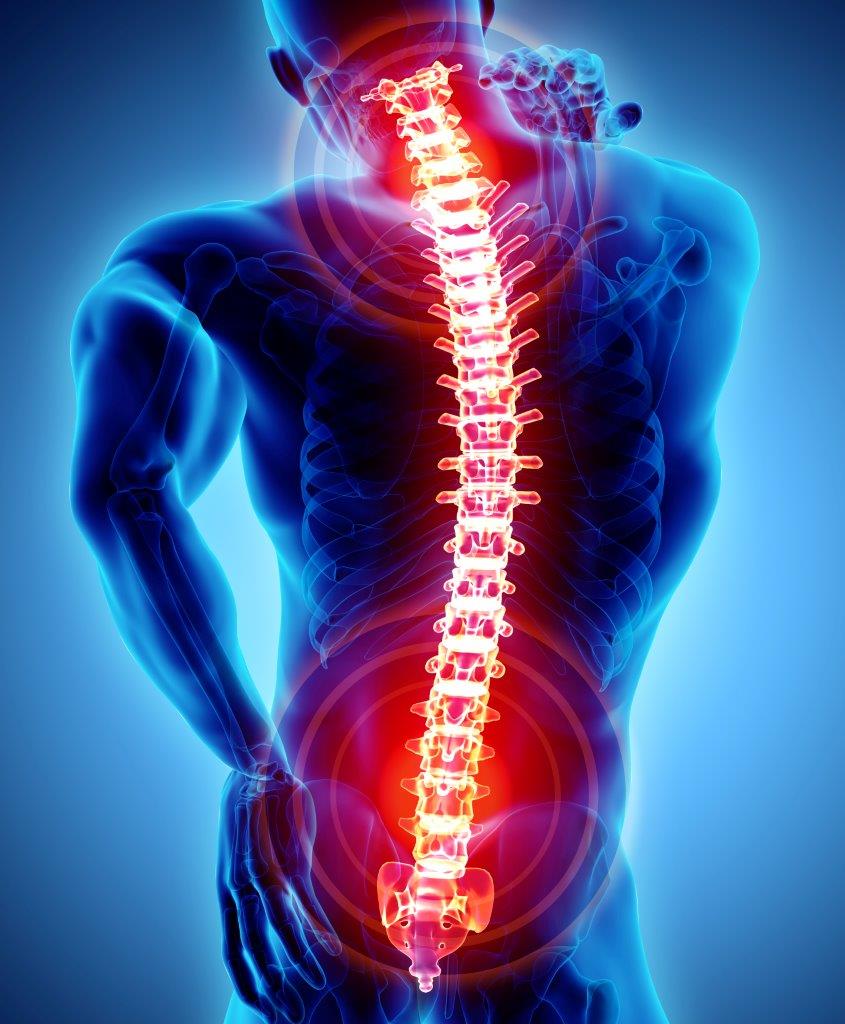Back Health from Shoveling to Gardening
Published Wednesday, January 22, 2020

The Canadian Physiotherapy Association says that 70% of back injuries actually occur during routine daily activities. Denise Taylor, Physiotherapy Professional Practice Leader at St.Joseph’s Care Group, explains that back issues are quite common, especially for individuals who either lead sedentary lifestyles or are engaged in heavy lifting and handling.
By Sarah Hyett, Prevention and Screening Services
Does your back bother you? Not sure how to best protect it? The good news is you are not alone. Back issues are more common than you might think. According to the Physiotherapy Alberta Association 80% of Canadians will experience back pain in their lifetime. The Canadian Physiotherapy Association says that 70% of back injuries actually occur during routine daily activities. Denise Taylor, Physiotherapy Professional Practice Leader at St.Joseph’s Care Group, explains that back issues are quite common, especially for individuals who either lead sedentary lifestyles or are engaged in heavy lifting and handling.
So what does back health mean, exactly? Taylor describes it as “being able to do your day-to-day functional activities, social activities and participation in life (such as work or parenting) without back pain limiting your participation.” The joints associated [with back health] include all your vertebral joints along your spine as well as the discs and ligaments between and attached to the bones. These joints are supported by your core muscles: your back extensors such as erector spinae, your little stabilizing muscles such as multifidus, and your abdominal muscles, such as your obliques.
Posture is the biggest indicator of good back health. “We can all make improvements, no matter how bad our previous habits were or how old we are,” says Taylor.
We all only have one back, which we use every second of every day, so Taylor stresses the importance of back health. “Our back muscles are stabilizers and are turned on ALL the time to support our upright position,” she says. Taylor provides the following five suggestions for protecting your back:
-
Maintain good posture. Practice balancing the three natural curves in your back (cervical, thoracic, lumbar)
-
Engage in safe lifting, shoveling and gardening. Avoid twisting, don’t stretch to reach, and lift with arms and legs, with the item close to your body. Pushing is always better than pulling!
-
Avoid excessive sitting or bending. Keep moving! Standing at a desk rather than sitting, and ensuring that computer screen and keyboard are properly positioned are great strategies.
-
Stay in shape with good muscle strength and fitness to handle the extra physical load at work.
-
Respect when you think there is something wrong.
To learn more about how to protect your back health, you can watch Taylor’s webcasted session from the Healthy Get-Together series organized by Prevention and Screening Services at the Thunder Bay Regional Health Sciences Centre. To watch Taylor’s session, or other recorded Health Get-Together sessions, go to www.bit.ly/healthygettogether. Finally, if you are concerned at all about your back health, contact a registered physiotherapist in your area.